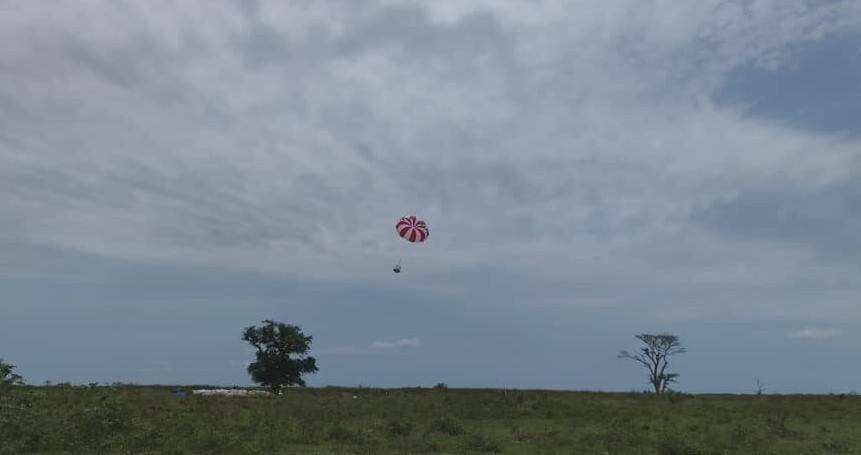
Médecins Sans Frontières (MSF) has carried out emergency airdrops of relief supplies to communities in Fangak County, Jonglei State, cut off by flooding and insecurity.
The operation delivered 24 consignments, each weighing up to 100 kilograms, directly to green fields near local health facilities, ensuring vital medical support reaches the most vulnerable populations.
“During the rainy season, aircraft often cannot land due to flooded or muddy airstrips. These airdrops were crucial to keep health services running in areas where road and river transport are no longer possible,” MSF said in a statement.
The deliveries come amid growing concern over the security of humanitarian aid in the region.
Earlier this month, the United States Embassy in South Sudan condemned the looting of humanitarian supplies in Fangak by alleged South Sudan People’s Defense Forces (SSPDF) personnel.
The Embassy said a World Food Programme (WFP) boat was raided on September 7 in New Fangak, with food and supplies intended for vulnerable civilians stolen.
“While the stolen goods were replaced on September 20, this reflects a worsening pattern of looting and rent-seeking targeting humanitarian assistance by armed groups and individuals in positions of authority,” the Embassy warned.
MSF’s airdrops underscore the critical challenges of delivering aid in Jonglei, where flooding and insecurity often block conventional transport routes.
Local health facilities depend on these supplies to treat patients facing urgent medical needs, including trauma care, infectious disease management, and maternal health services.
“Every airdrop is a lifeline for communities otherwise cut off from essential health care,” MSF added, emphasizing the ongoing need for safe and reliable humanitarian access.
The operation highlights both the ingenuity of aid organizations in reaching remote populations and the fragile environment for humanitarian work in South Sudan, where insecurity and natural obstacles continue to threaten the delivery of life-saving assistance.

